Learning how to cook authentic Japanese ramen is a rewarding culinary adventure that allows you to delve into the rich flavors and traditions of this beloved dish.
Originating from Japan, ramen has gained worldwide popularity for its comforting broth, toothsome noodles, and delightful toppings. Mastering the art of preparing this iconic dish not only satisfies your taste buds but also offers a glimpse into the cultural heritage of Japan.
While the process may seem intricate, with careful attention to detail and the right techniques, creating an authentic bowl of Japanese ramen is entirely feasible.
From selecting the perfect noodles to crafting the ideal broth, and garnishing with meticulously prepared toppings, each step contributes to the harmonious symphony of flavors and textures that make Japanese ramen truly exceptional.
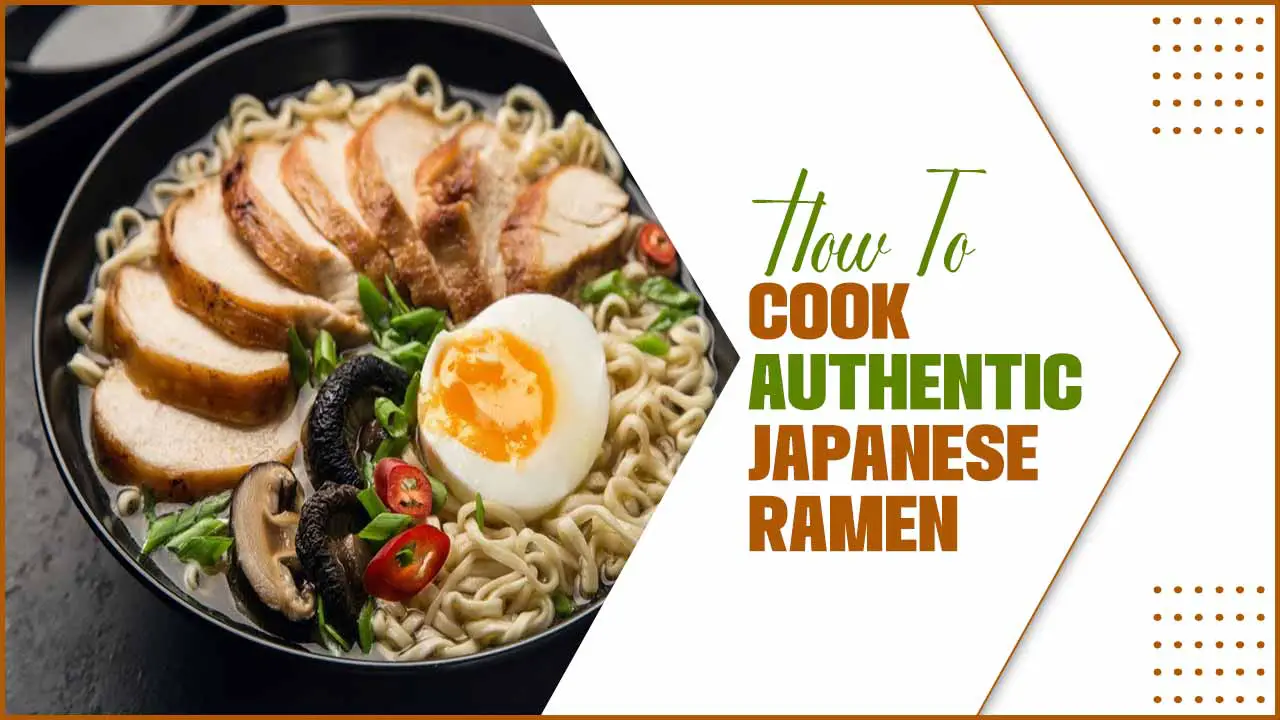
Understanding The Key Ingredients
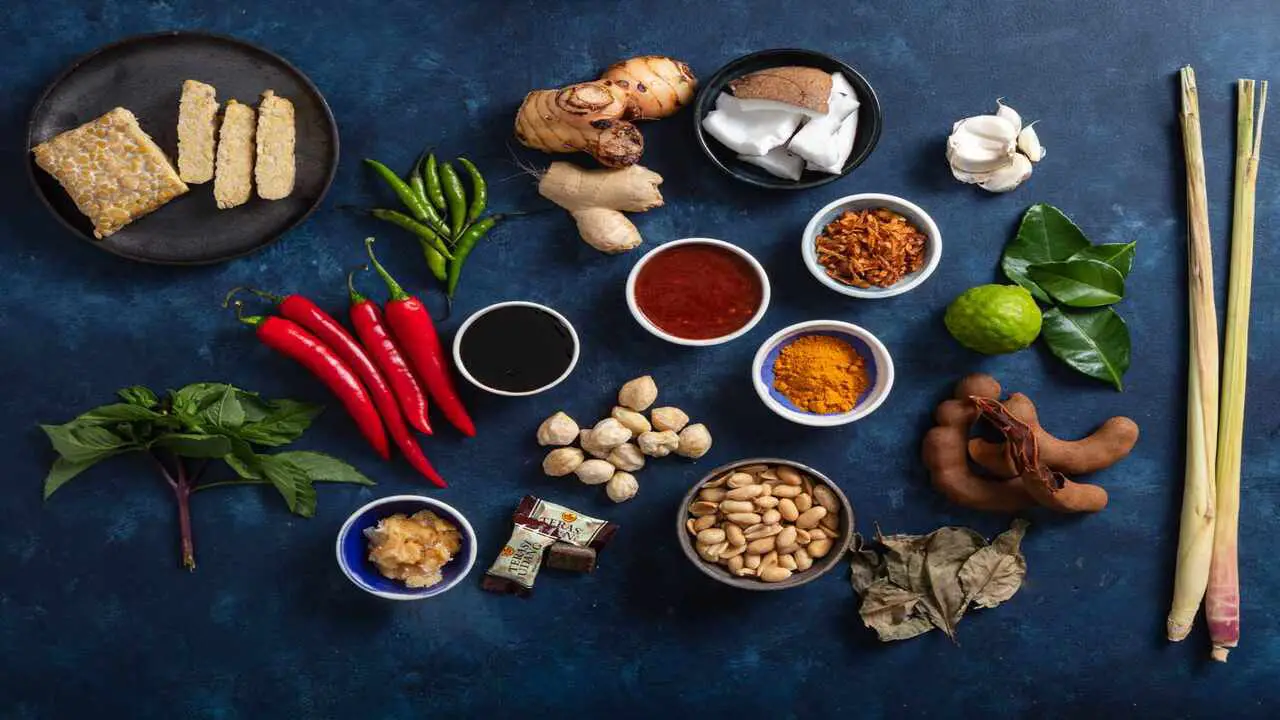
Japanese ramen typically consists of wheat noodles served in a meat or fish-based broth, topped with various ingredients such as sliced pork, green onions, and bamboo shoots. The broth is the heart and soul of the dish, as it provides the rich umami flavor that ramen is famous for. Here are some Ingredients to make japanese reman:
- Ramen Noodles: The foundation of any ramen bowl, these wheat-based noodles come in various thicknesses and textures, such as curly or straight, and absorb the flavors of the broth.
- Broth: The broth is the heart and soul of ramen. It can be categorized into different types such as shoyu (soy sauce-based), shio (salt-based), miso (soybean paste-based), or tonkotsu (pork bone-based). The broth provides the base flavor and richness.
- Toppings: Ramen is often adorned with an array of toppings, including:
- Chashu: Tender, braised pork slices that add a savory and melt-in-your-mouth element.
- Ajitsuke Tamago: Soft-boiled marinated eggs with a creamy yolk.
- Menma: Fermented bamboo shoots that provide a crunchy and slightly tangy texture.
- Nori: Dried seaweed sheets that add a hint of umami and a touch of saltiness.
- Green Onions: Freshly chopped green onions add a refreshing bite and a subtle onion flavor.
- Bean Sprouts: These crunchy sprouts offer a refreshing contrast to the rich broth.
- Aromatic Components: Aromatic ingredients like garlic, ginger, and scallions are often used to infuse additional flavors into the broth.
How To Cook Authentic Japanese Ramen – A Culinary Adventure
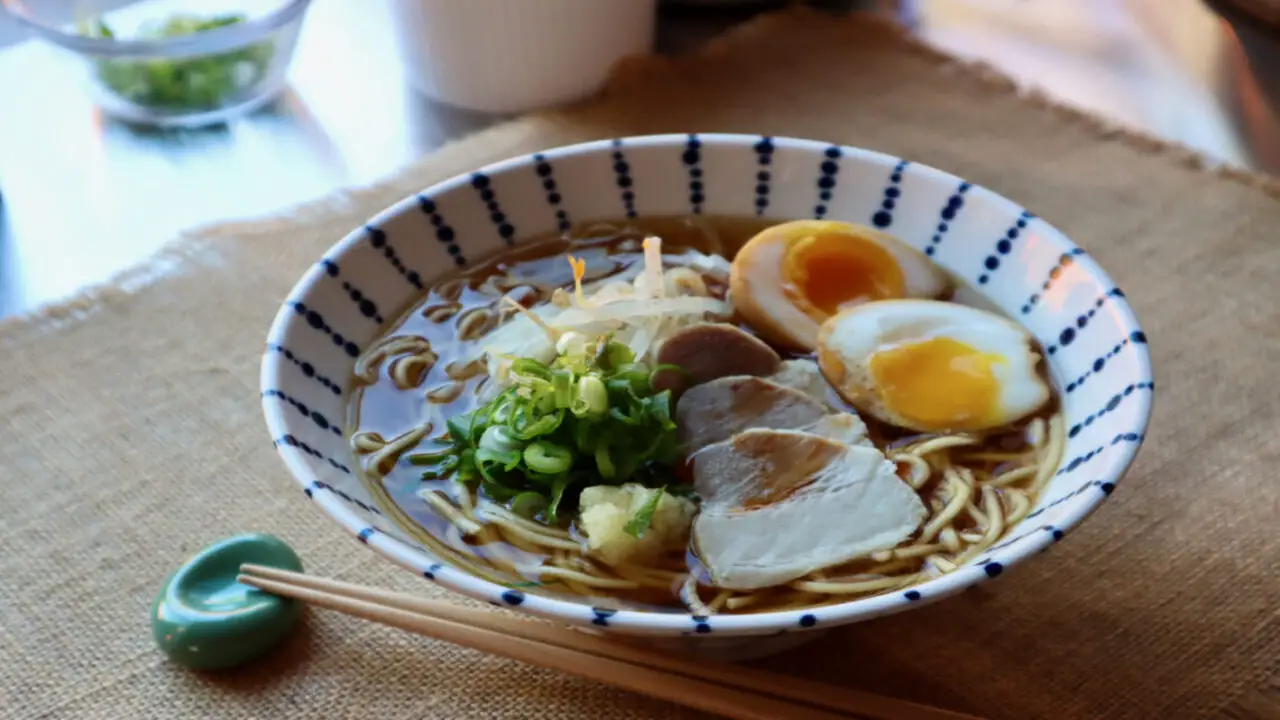
To cook authentic Japanese ramen, prepare the broth using a combination of pork bones, chicken, and vegetables. Ramen is an important dish in Japanese cuisine and culture. It originated in China but was adapted and transformed in Japan. Ramen shops are ubiquitous in Japan and can be found in every corner of the country. Here are step-by-step guides on how to cook authentic Japanese ramen.
Choosing The Right Noodles

One of the key elements in crafting authentic Japanese ramen is selecting the right noodles. Ramen noodles should be firm, springy, and able to hold up well in the rich broth. Opt for fresh or dried noodles that are specifically labeled as ramen noodles. Fresh noodles offer a delicate texture and absorb flavors better, while dried noodles have a firmer bite. Consider thickness as well, as thicker noodles are well-suited for hearty, robust broths, while thinner ones work better with lighter broths. Take your time to explore various types of noodles, such as chijire-style or straight-style, to find the perfect match for your desired ramen experience.
Making The Perfect Broth

The soul of Japanese ramen lies in its flavorful broth. Achieving the perfect broth requires careful selection of ingredients and ample simmering time. There are different types of broth, such as tonkotsu (pork bone), shoyu (soy sauce), and miso (fermented soybean paste), each with its distinct taste.
For tonkotsu broth, simmer pork bones for several hours to extract their rich flavors. Shoyu broth combines soy sauce, chicken, and aromatics for a savory profile, while miso broth offers a robust and slightly sweet taste. Experiment with ingredient proportions and simmering durations to craft a broth that suits your palate.
Preparing The Toppings
Toppings elevate the flavor and visual appeal of Japanese ramen. The choices are diverse, but some popular options include chashu pork, green onions, bamboo shoots, seaweed, and narutomaki (fish cake). Chashu pork is a staple topping, a tender and flavorful braised pork belly.
To prepare it, marinate pork belly in a savory sauce and slow-cook until it becomes melt-in-your-mouth tender. Slicing it into thin, succulent pieces enhances its appeal. Experiment with different toppings and combinations to find your favorite combination that complements the flavors of your ramen broth.
Cooking The Chashu Pork
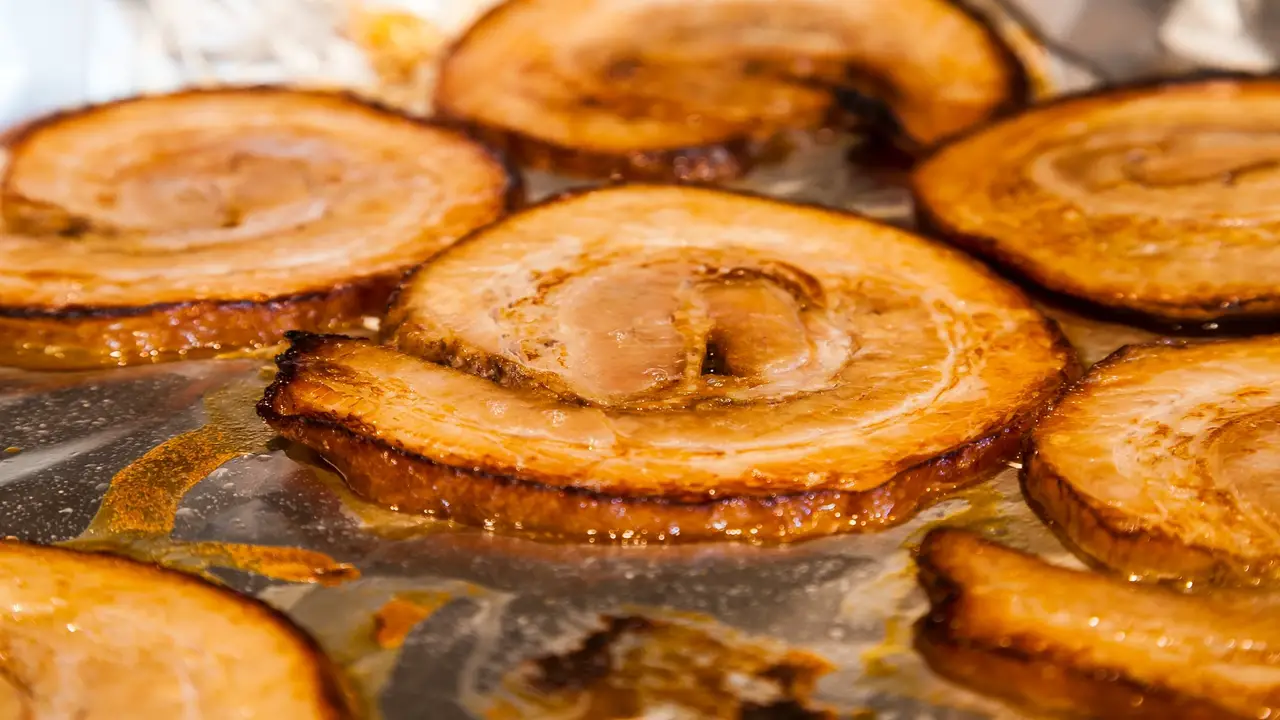
Chashu pork, a hallmark of Japanese ramen, can be prepared with patience and precision. Start by marinating pork belly in soy sauce, sake, mirin, sugar, garlic, and ginger. Allow the flavors to infuse the meat overnight.
To cook, sear the pork belly to lock in its juices, then transfer it to a pot with a braising liquid. Simmer the pork belly over low heat until it becomes tender and easily pulls apart. Slice the chashu pork into thin pieces and serve as a delectable topping for your ramen.
Creating The Perfect Soft-Boiled Egg
A soft-boiled egg with a creamy, custard-like yolk adds a delightful richness to Japanese ramen. Start by gently lowering refrigerated eggs into boiling water and cook for around six minutes. Immediately transfer the eggs into an ice bath to halt the cooking process.
Adjust the cooking time by a minute or two to achieve the desired custard-like yolk. The result should be a tender white with a silky yolk that oozes slightly when cut. Incorporate this exquisite egg as a garnish for an authentic ramen experience.
Assembling The Bowl
Assembling a bowl of Japanese ramen is an art that combines all the carefully prepared components into a visually appealing and flavorful masterpiece. Start by arranging the cooked noodles at the bottom of the bowl. Ladle the steaming hot broth over the noodles, ensuring it reaches every corner.
Place the toppings, such as chashu pork, soft-boiled egg, green onions, and seaweed, harmoniously on top. Consider adding a sprinkle of sesame seeds or drizzling some chili oil for an extra burst of flavor. The final presentation should entice and excite, setting the stage for a memorable dining experience.
Achieving The Perfect Texture
Achieving the ideal balance of toothsome noodles and tender toppings requires attention to detail. Cook the noodles according to the package instructions, but aim for a slightly firmer texture, as they will continue to cook slightly in the hot broth.
The chashu pork should be tender yet retain its structure when sliced. Garnishes like bamboo shoots and seaweed should offer a pleasing chew. Balancing these elements will contribute to a satisfying and authentic ramen experience.
Common Ramen Variations
While the traditional ramen varieties hold a special place in Japanese cuisine, numerous regional and innovative variations exist to explore.
Some examples include miso ramen from Hokkaido, known for its rich miso-based broth; Hakata-style tonkotsu ramen, featuring thin, straight noodles and creamy pork bone broth; and Tsukemen, where the noodles are served separately for dipping into a concentrated broth. Each variation offers unique flavors and characteristics, allowing you to embark on a flavorful journey with Japanese ramen.
Pairing Ramen With Sides And Drinks
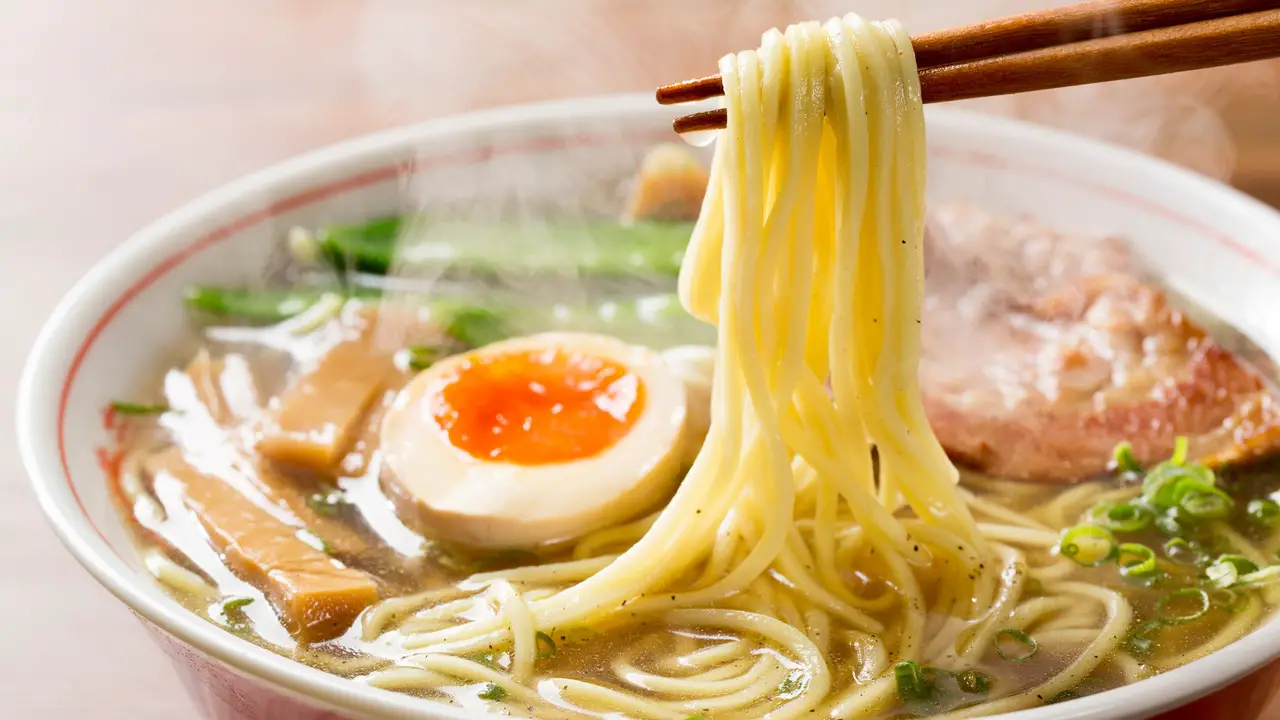
To enhance your ramen experience, pair it with complementary sides and drinks. Gyoza (dumplings), tempura, or Japanese-style fried chicken make excellent accompaniments, offering contrasting textures and flavors. As for beverages, consider traditional options like green tea or cold barley tea to cleanse the palate.
A cold beer or a glass of sake can add more enjoyment for those seeking a more indulgent treat. Experiment with different pairings to find your preferred combination and create a well-rounded dining experience.
Final Thoughts
Mastering the art of how to cook authentic Japanese ramen is a deeply rewarding endeavor. By paying attention to each component, from selecting the right noodles to crafting the perfect broth and toppings, you can create a bowl of ramen that embodies the true essence of this beloved dish.
The importance of following traditional techniques and sourcing quality ingredients cannot be overstated, as they contribute to the distinct flavors and textures that make Japanese ramen so special.
Whether you stick with the classics or venture into regional variations, the specificity and attention to detail in authentic Japanese ramen ensure a memorable and satisfying culinary experience. So embrace the journey, immerse yourself in the flavors, and savor every spoonful of homemade Japanese ramen.
FAQs
1.What Type Of Noodles Should I Use For Authentic Japanese Ramen?
Ans: For authentic Japanese ramen, choose fresh or dried noodles labeled as ramen. Fresh noodles offer a delicate texture, while dried noodles have a firmer bite.
2.How Long Should I Simmer The Broth For Japanese Ramen?
Ans: The broth’s simmering time depends on the broth you’re making. Tonkotsu broth, for example, requires several hours of simmering pork bones to extract their flavors.
3.What Are Some Common Toppings For Japanese Ramen?
Ans: Popular toppings for Japanese ramen include chashu pork (braised pork belly), green onions, bamboo shoots, seaweed, narutomaki (fish cake), and soft-boiled eggs.
4.How Can I Cook Chashu Pork For Japanese Ramen?
Ans: To cook chashu pork, marinate pork belly in a mixture of soy sauce, sake, mirin, sugar, garlic, and ginger. Sear the pork belly to lock in juices, then transfer it to a pot with a braising liquid. Simmer over low heat until tender and slice it into thin pieces for topping your ramen.
5.What’s The Secret To Creating A Perfect Soft-Boiled Egg For Japanese Ramen?
Ans: Gently lower refrigerated eggs into boiling water and cook for around six minutes. Transfer the eggs into an ice bath to halt the cooking process. Adjust the cooking time to achieve the desired custard-like yolk. The result should be a tender white with a silky yolk that slightly oozes when cut.

I’m a writer and blogger who loves to talk about entertainment, culture, and relationships. I love to share my thoughts and insights on these topics, and I’m always looking for new ways to engage with my readers. I’m also a big fan of learning new things, so I’m always exploring new areas of interest.
